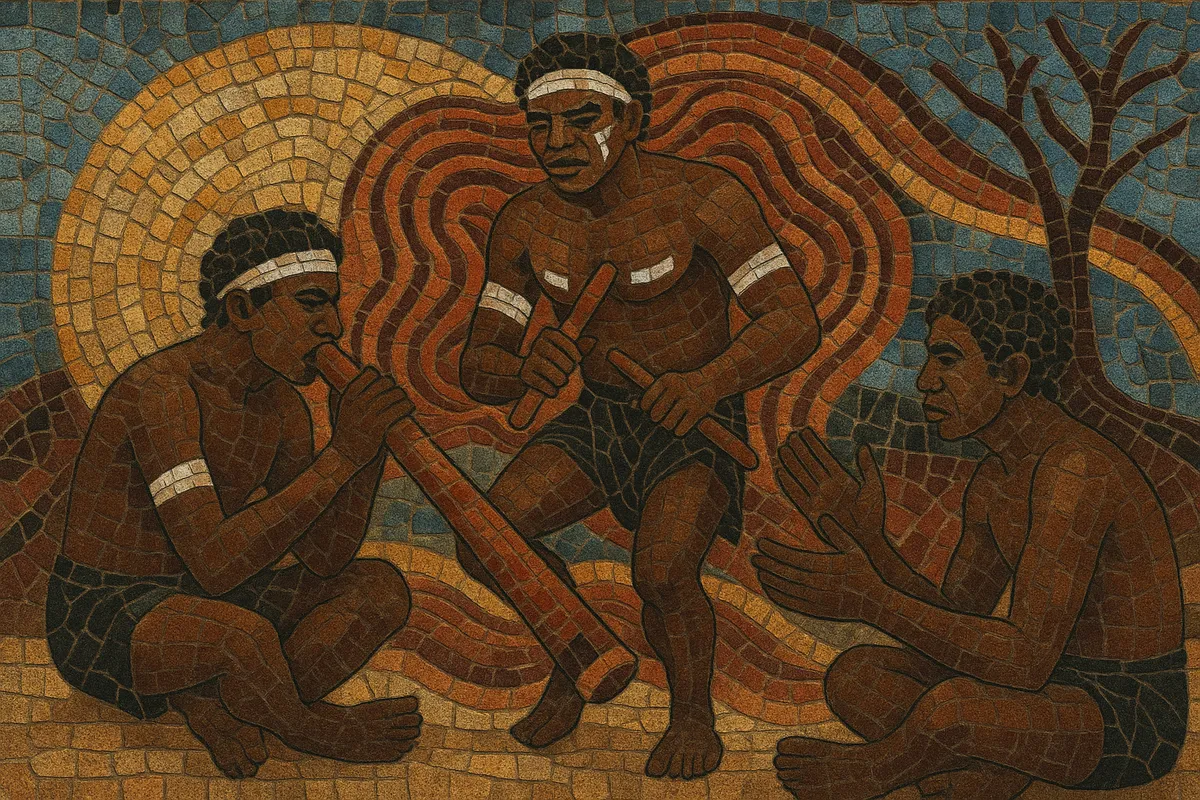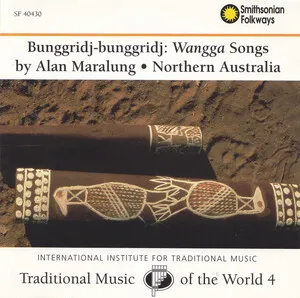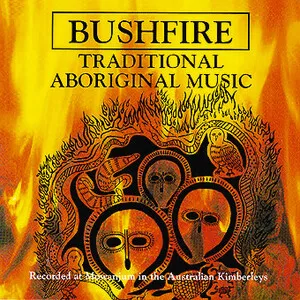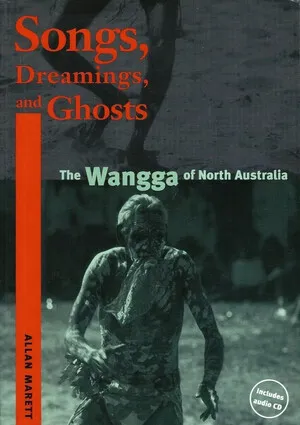Wangga is a public dance-song genre of Aboriginal people from the northwestern Northern Territory of Australia, especially around the Daly River, Cox Peninsula (Belyuen), Anson Bay, and nearby coastal plains.
It is typically led by a male songman with chorus, accompanied by didjeridu (locally known as mago) and clapsticks. Performances combine a free-rhythm vocal opening with a shift into a strongly pulsed, danceable section, supporting ceremonial dancing and community events.
Texts often relate to Dreamings, country, and encounters with ancestral or ghost spirits, giving the music an affective range that moves from solemn and reflective to driving and ecstatic.
While rooted in ancient ceremonial practice, wangga remains a living tradition transmitted through families, language groups, and community ensembles.
Wangga predates written history and is tied to the ceremonial life of language groups in the Daly River and adjacent coastal regions. It functions as a public dance-song form used for community gatherings and, in some contexts, mortuary and spirit-related occasions. The lead songman, drawing on Dreamings and inherited song repertories, directs the ensemble and dancers.
Through the late 19th and early 20th centuries, missionaries, travelers, and administrators noted Aboriginal dance-song traditions, though systematic documentation of wangga accelerated later. Mid- to late-20th-century field recordings—many held by institutions in the Northern Territory and by Indigenous cultural centers—captured prominent wangga repertories from Belyuen and other communities.
From the late 20th century onward, ethnomusicologists and community knowledge holders collaborated to document wangga’s musical structures, languages, and ceremonial contexts. Notably, detailed studies and archival releases in the 1990s–2000s helped circulate wangga beyond its home region while affirming local custodianship.
Today, wangga remains an active tradition. Community groups teach younger dancers and singers; performances occur at local ceremonies, cultural festivals, and educational programs. Archival repatriation and community-led recordings support intergenerational transmission, ensuring that songs tied to country and kin continue to be performed with cultural authority.





